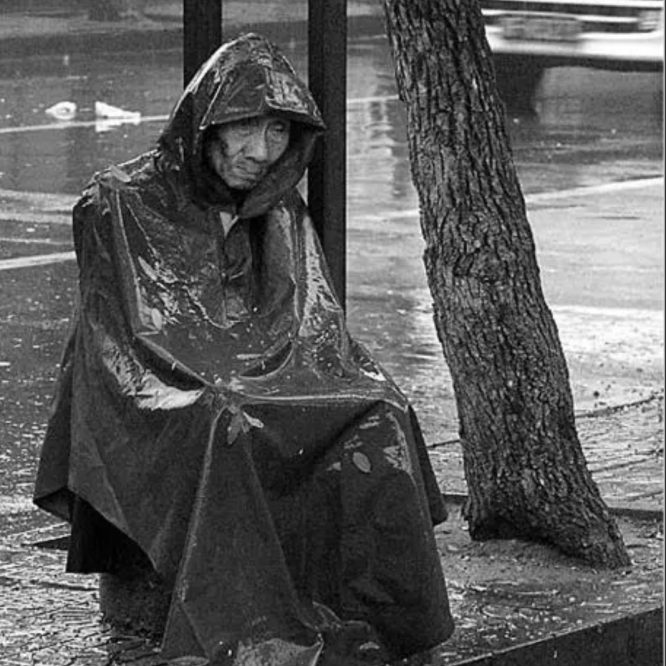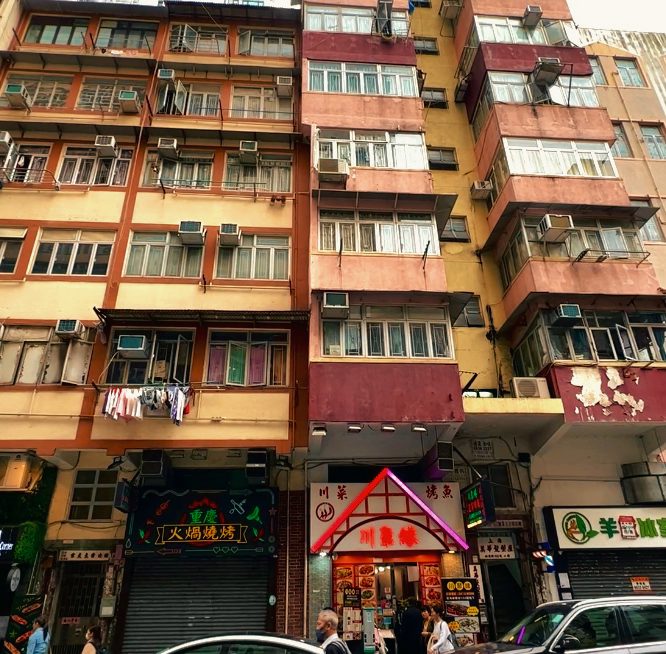[READING RESPONSE] WILLIAM M. TSUTSUI: OH NO, THERE GOES TOKYO
The article mentions that Japan’s cultural make-up and ideology are influenced by history and war. Japanese popular culture is filled with the darkness and pessimism of apocalyptic imagery, and people are obsessed with scenes of urban destruction and fantasies of rebuilding a peaceful landscape after that. Depictions of the apocalypse appear in many Japanese films, such as the movie Godzilla, spawned by the Japanese people’s fear of nuclear strike, which focuses the world’s conflict on a fantastical creature mutated by nuclear radiation, whose death symbolizes the demise of the threat and the establishment of a new order. The Tokyo city
Continue reading[READING RESPONSE] WILLIAM M. TSUTSUI: OH NO, THERE GOES TOKYO

